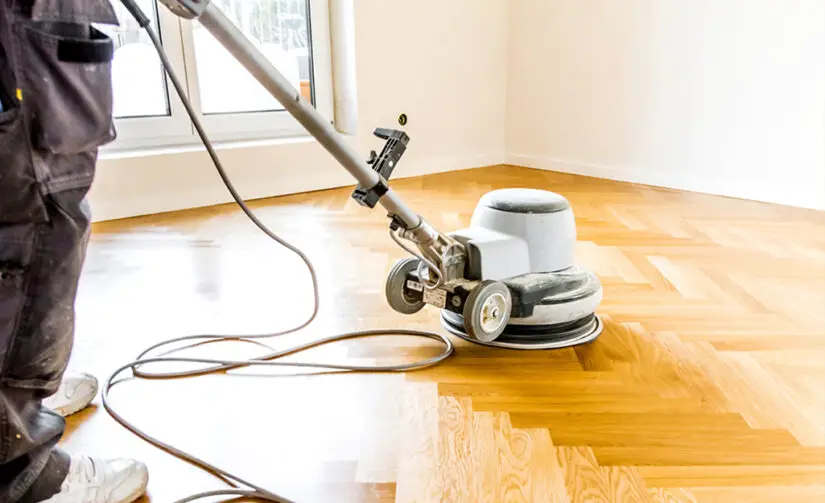Fast and reliable broadband internet is a non-negotiable requirement for any remote or hybrid work setup. The quality of your internet connection affects everything from video conferences to remote collaboration sessions, so for a lot of remote jobs, it will be a defining factor in your work from home productivity.
With that in mind, you probably have some logical next questions: What is a good internet speed for working from home? How can you know if your internet speed is sufficient, and how can you find the best internet for working from home? We’re going to share the answers ahead.
How Many Mbps Do I Need to Work From Home?
At the bare minimum, any remote worker’s internet connection should consistently hit approximately 50 Mbps download and 10 Mbps upload, with Mbps meaning Megabits per second. These speeds will allow you to comfortably perform any basic function, such as video conferencing, downloading files, or using cloud-based storage services. However, a connection at this speed may struggle with higher-level tasks like conference calls with several participants or downloading large files, and you won’t have much wiggle room before your connection becomes unusably slow. If you have the option to use a faster connection, you’ll probably want to.
Today’s gold standard internet speed for remote workers is around 100 Mbps download and 20 Mbps upload. At these speeds, you’ll have plenty of bandwidth for everyday functions, and it won’t hurt if your speeds dip temporarily. A speed of approximately 100 Mbps will allow you to comfortably work remotely while (for example) someone else in your home streams a movie in 4K.
What about 200 Mbps or 300? What if you’re using an ultra-fast gigabit fiber connection with 1,000 Mbps? These speeds are excellent for remote work, and you can feel confident that you’re well-equipped for video conferencing or anything else that your workday throws at you. Depending on your needs, it may or may not be worth upgrading in search of higher speeds. And if you’re not sure, it might be time for a speed test.
How to Speed Test Your Internet
It’s a good idea to perform an internet speed test on your current connection to determine if it’s suitable for remote work. Many free internet speed tests are available online, so find one from a reliable company and run it in your home. (It’ll only take a few seconds.) The results should tell you both your download and upload speeds.
To get the most useful and accurate results from a speed test, try to simulate the conditions you’ll be working in:
- Run the speed test in the room where you work most often, preferably more than once and at different times of the day. With cable internet, high local demand can slow down service during peak hours.
- Test your connection using both WiFi and Ethernet, paying close attention to the results from the method you’ll be using to connect. (Remember that Ethernet will typically give you faster results.)
- Run the test both when you’re home alone and when you’re sharing the connection with family or roommates. Multiple users on a connection will often affect the internet speeds that any single device can get.

Source: LightField Studios/Shutterstock
How to Improve Your Internet Speeds for Working From Home
If your current internet speeds aren’t meeting your remote work needs, you have a few different options that can help. Some common solutions for boosting your internet speeds include:
- Upgrade Your Service Package: If your tested speeds are at or near your connection’s rated maximum, but they’re still not meeting your needs, consider upgrading your existing service. Look at higher-tier packages from your internet service provider (ISP), or consider switching ISPs altogether if your current one doesn’t offer the speeds you need.
- Consider Fiber: Not currently using fiber optic internet? Find out if any ISPs near you offer this ultra-fast connection type. While it typically costs more, fiber is significantly faster and more reliable than a standard cable connection.
- Move the Router (or Use Ethernet): If your speeds are good but performance is still poor, the problem might be a weak WiFi signal rather than a slow connection. Try moving your WiFi router as close to your working space as possible, or use a wired Ethernet connection instead.
- Use a Multi-Band Router: Dual-band and tri-band routers allow you to set up multiple home networks, including ones that use the less-crowded 5GHz frequency band. If you’re dealing with multiple simultaneous users, a multi-band router allows you to designate a faster network for work tasks while leaving a 2.4GHz network free for other purposes.
- Use a Coworking Space: Need to work remotely but don’t have the internet connection you need? Public coworking spaces offer fast internet, plus other remote work-focused amenities such as quiet places to take video calls. However, remember that these are an ongoing expense that can add up quickly, so it’s a good idea to work toward having your own setup if you know you’ll be working remotely long term.

Source: Jelena Zelen/Shutterstock
As remote work continues to become part of the new normal, we’ll likely see options for fast and cost-effective home internet continue to expand. From improved cable to futuristic fiber, the work from home revolution is pushing us to the exciting new frontier of internet service — and it only gets faster from here.






